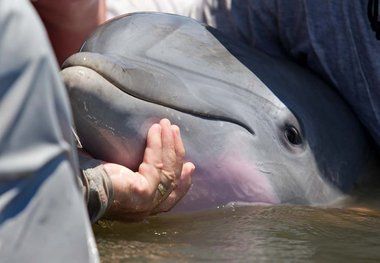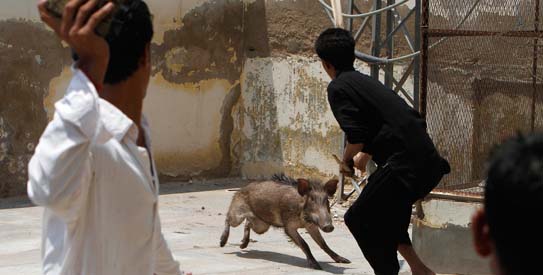OK, it's time for more weirdness. As we covered in a
recent SOTT Report, accounts and recordings of strange noises heard all over the world went semi-viral on YouTube in January this year, and some are even receiving mainstream media coverage. Some YouTube pundits claim they're all faked, a couple of scientists say they're 'normal' and nothing to worry about, and many are freaking out as the phenomenon is feeding the '2012-apocalypse-oh-my-God-we're-all-gonna-die' hysteria. So what's really going on?
The hype appears to have started with these videos from Kiev, Ukraine, posted on 3 August and 11 August 2011, respectively. (Although, as we'll see later, these were not the first accounts.)
(See
here for a translation of the uploader's account of the sounds and analysis and
here for a summary of the associated thread, with additional analyses and accounts.)
Dozens of videos have been uploaded since then, some obviously faked, others perhaps not. For example,
at least 28 videos posted in the months since Kiev obviously use the sound from the original video played over random video footage, sometimes with staged 'Oh-my-God-what-is-that?' dialogue. And, no, as far as I can tell,
none of them use samples from the films
Red State or
War of the Worlds, as some have claimed. The similarity
is striking (trumpet-like blasts, metallic rumbles and such), but
truth has been known to resemble fiction. And it wouldn't be the first time that similar strange noises have been heard, both in recent times and the murky depths of history recorded in myth and legend.


Comment: The article fails to mention the hidden costs brought about by the environmental consequences of fossil fuel use and exploration